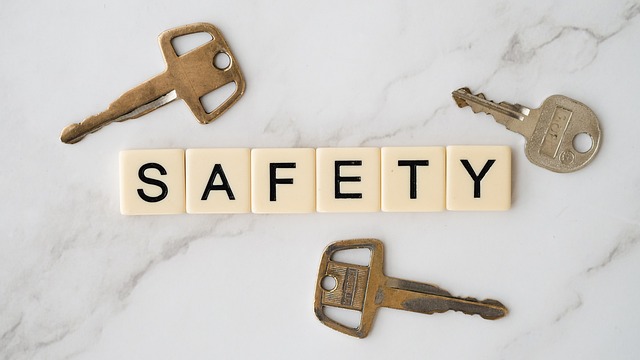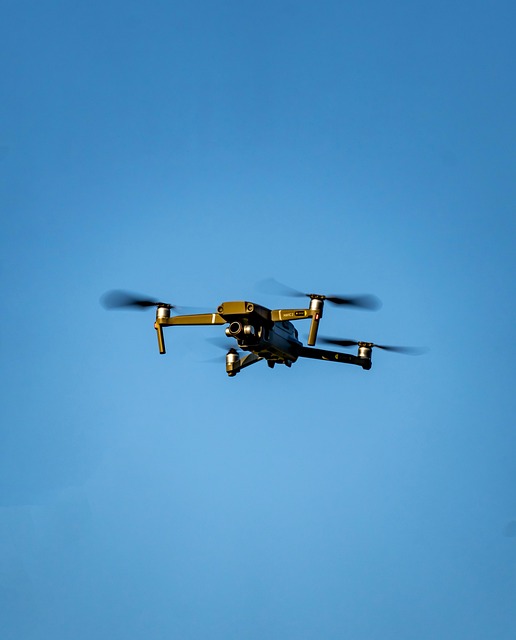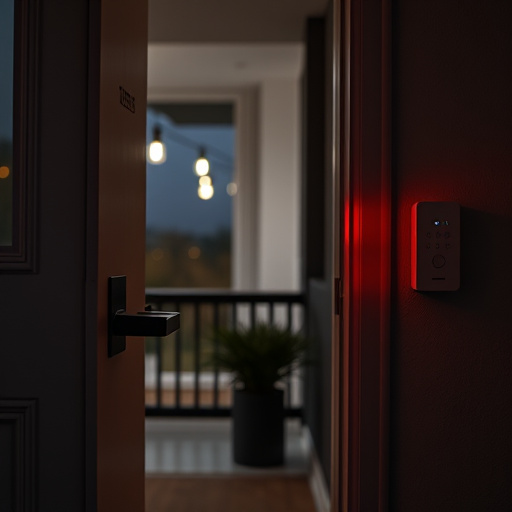Personal safety is evolving rapidly thanks to advanced technologies like smart sensors and wearable devices. Emerging safety products leverage real-time data, biometrics, and AI to anticipate and prevent accidents. Future trends include wearables tracking vital signs and predicting dangers, enhanced visibility gear with smart fabrics, lighter and stronger protective equipment, AI-driven emergency response systems, biometric authentication for secure access control, and VR/AR simulations for realistic safety training. These innovations aim to provide proactive, effective protection in diverse environments, revolutionizing personal safety for a safer future.
The future of personal safety is here. Emerging safety products powered by innovative technology are transforming the way we protect ourselves. From smart sensors and wearable tech revolutionizing real-time detection to advanced materials offering lightweight, impact-resistant solutions, these upcoming innovations redefine personal safety. AI-driven emergency response systems promise faster help, while biometric authentication enhances access control. Immersive VR and AR simulations reshape safety training. Discover the latest trends shaping the future of protection gear and explore these exciting developments that prioritize both security and convenience.
- Smart Sensors and Wearable Technology: Revolutionizing Personal Safety
- Enhanced Visibility Gear: Making Individuals More Detectable
- Advanced Materials for Impact Protection: Lighter and Stronger
- AI-Powered Emergency Response Systems: Faster, More Efficient Help
- Biometric Authentication and Access Control: Securing Personal Spaces
- Future of Safety Training: Immersive VR and AR Simulations
Smart Sensors and Wearable Technology: Revolutionizing Personal Safety

Smart sensors and wearable technology are poised to revolutionize personal safety in the coming years, marking a significant shift in how we perceive and protect ourselves. Emerging safety products equipped with advanced safety product technology will enable individuals to proactively monitor their well-being, providing real-time data and alerts that can prevent accidents and harm. These future safety trends incorporate wearables that detect vital signs, track movement, and even predict potential dangers based on patterns and environments.
Personal safety developments in this domain are not just about responding to threats but also about anticipating them. Smart sensors integrated into clothing or accessories can sense changes in an individual’s biometrics, like heart rate and skin temperature, which might indicate stress or fatigue—potential signs of impending danger. This proactive approach to personal safety gear will empower individuals to make informed decisions, enhance their situational awareness, and ultimately foster a safer environment both indoors and outdoors.
Enhanced Visibility Gear: Making Individuals More Detectable

In the realm of personal safety innovations, Enhanced Visibility Gear is leading the charge as one of the most promising future safety trends. As we look ahead to the emerging safety products of the future, this technology promises to make individuals more detectable in various environments, from urban streets to outdoor trails. The latest safety product technology incorporates reflective materials, smart fabrics, and innovative lighting systems that significantly enhance a person’s visibility, ensuring they can be seen from farther distances and under different lighting conditions.
These developments in personal safety gear are not just about making individuals more visible; they also offer enhanced protection in situations where quick response times can make all the difference. The future of protection gear is being shaped by these emerging safety products, which are designed to keep pace with today’s fast-paced and dynamic world. This includes advanced materials that provide better breathability, comfort, and durability, ensuring users stay safe without sacrificing their freedom of movement or comfort during everyday activities or extreme adventures.
Advanced Materials for Impact Protection: Lighter and Stronger

The future of personal safety gear is being reshaped by advanced materials that offer enhanced impact protection while being lighter and stronger than ever before. Researchers and manufacturers are constantly exploring new substances, such as carbon fiber composites and lightweight metal alloys, to create protective equipment that maintains high performance but reduces weight, thereby increasing comfort and mobility for the wearer. This evolution in material science is a significant driving force behind emerging safety products, pushing the boundaries of what’s possible in terms of protection without sacrificing versatility.
These innovative materials aren’t just about reducing weight; they also offer superior durability and resistance to impacts, abrasions, and extreme temperatures. Safety product technology is advancing rapidly, translating into more effective personal safety innovations that cater to a wide range of industries, from construction and military to sports and law enforcement. As these future safety trends continue to develop, we can expect to see even more groundbreaking emerging safety products that prioritize both safety and functionality in the years to come.
AI-Powered Emergency Response Systems: Faster, More Efficient Help

The integration of Artificial Intelligence (AI) into emergency response systems is poised to revolutionize personal safety. AI-driven technology can analyze situations more swiftly and accurately than ever before, enabling quicker dispatch of aid. By learning from past incidents and real-time data, these systems are capable of anticipating potential hazards and providing tailored solutions during crises. This advanced predictive capability could significantly reduce response times, potentially saving lives in emergency scenarios.
Emerging safety products leveraging AI technology promise to transform the future of protection gear. From smart clothing that detects environmental hazards to AI-enhanced surveillance systems, personal safety developments are becoming increasingly innovative. These advancements not only offer more proactive protection but also ensure that help arrives faster and better equipped to handle complex situations. The result is a safer world where individuals can feel more secure in their daily lives thanks to these cutting-edge safety product technologies.
Biometric Authentication and Access Control: Securing Personal Spaces

In the realm of personal safety innovations, biometric authentication and access control systems are poised to revolutionize how we secure our spaces. As future safety trends emerge, these technologies play a pivotal role in enhancing security measures while ensuring user convenience. By leveraging unique biological traits like fingerprints, facial recognition, or iris scans, emerging safety products offer a robust solution against unauthorized access. This advanced safety product technology promises not just convenience but also an added layer of protection for personal spaces, be it homes, offices, or public facilities.
The development in safety product technology enables more sophisticated and accurate identification processes, reducing the risk of identity theft and unauthorized entry. With these advancements, individuals can expect a higher level of control over their surroundings, fostering a sense of security and peace of mind. As we move forward, personal safety developments in biometric authentication are set to shape the future of protection gear, offering innovative ways to safeguard our physical environments.
Future of Safety Training: Immersive VR and AR Simulations

The future of safety training is set to be revolutionized by Virtual Reality (VR) and Augmented Reality (AR) simulations, marking a significant shift in personal safety innovations. These immersive technologies offer a cutting-edge approach to preparing individuals for potential hazards, making them invaluable assets for various industries and everyday life. With VR and AR, trainees can experience realistic scenarios without the risks associated with live demonstrations or hazardous environments. This method allows for a deeper understanding of emergency protocols and safe practices, as users actively engage with virtual situations, fostering a sense of preparedness.
Emerging safety products powered by AR and VR technologies enable interactive learning experiences. Trainees can navigate through simulated environments, practice response strategies, and make critical decisions in a controlled setting. This level of immersion enhances knowledge retention and develops practical skills, ensuring individuals are equipped to handle real-world challenges. As the demand for advanced personal safety gear continues to grow, these future safety trends will undoubtedly shape the way we approach protection, making our workplaces and communities safer.





